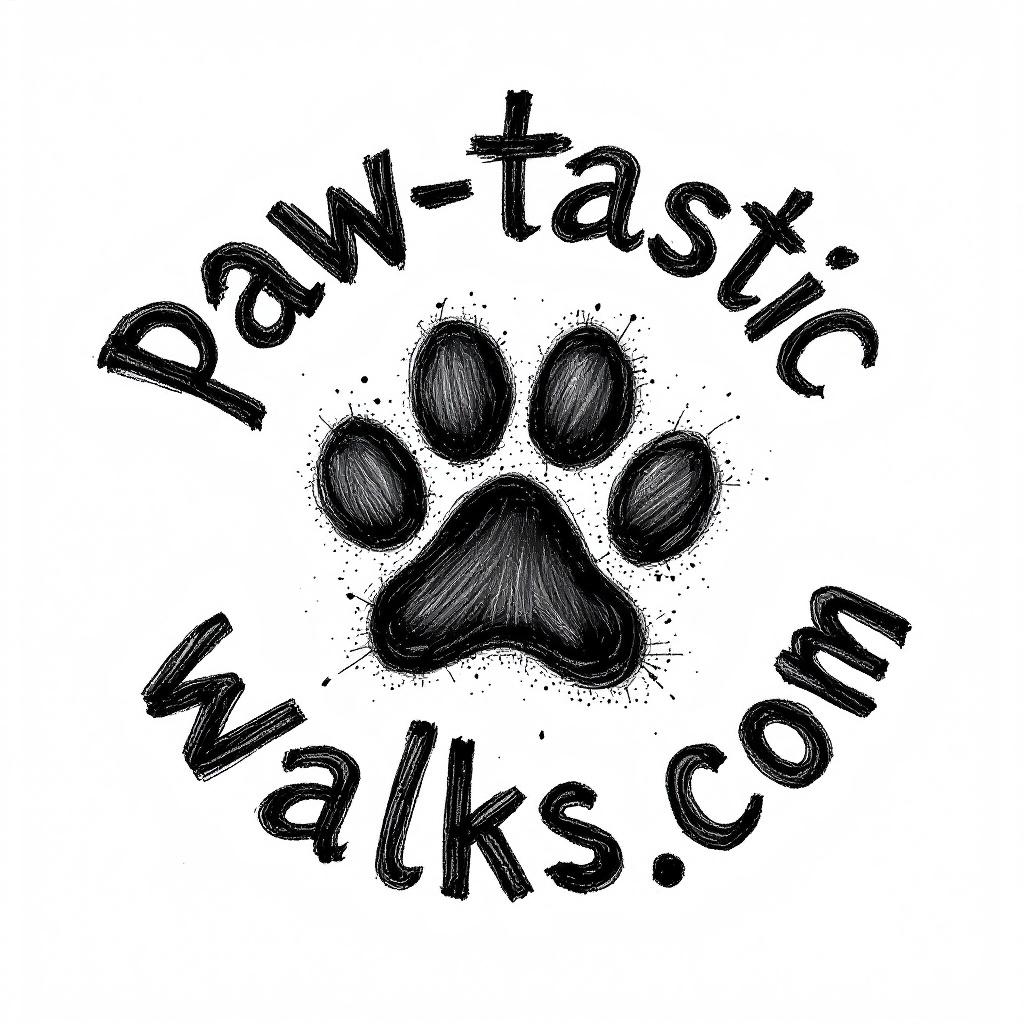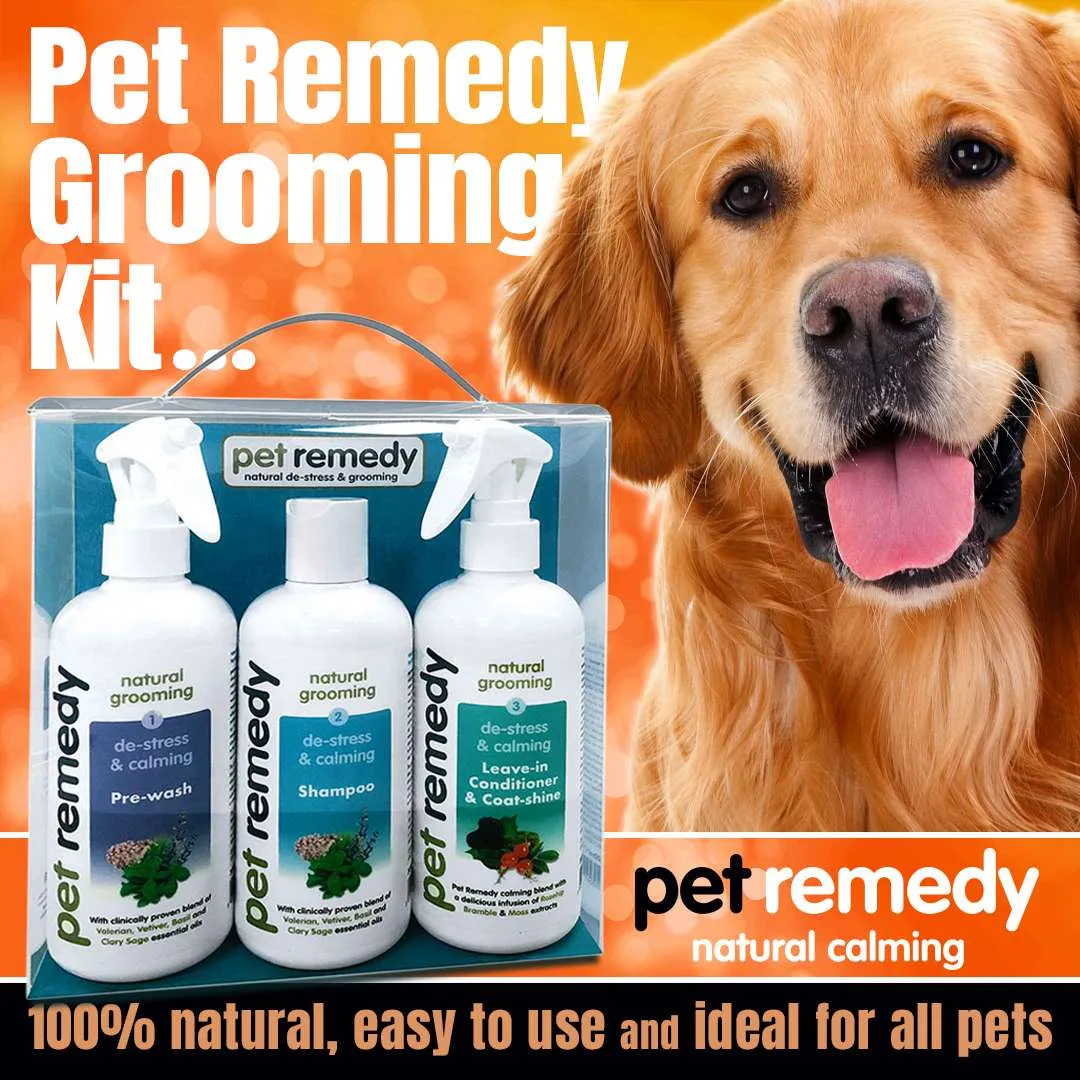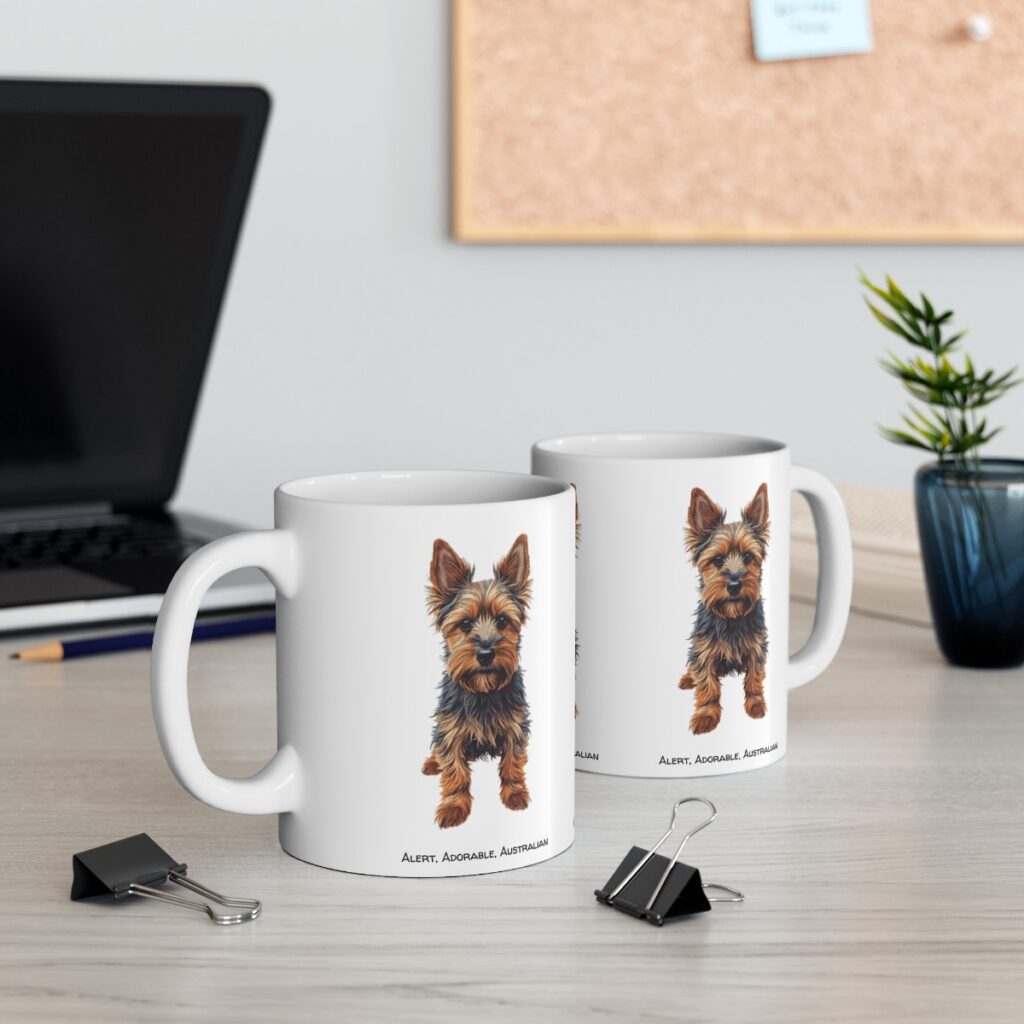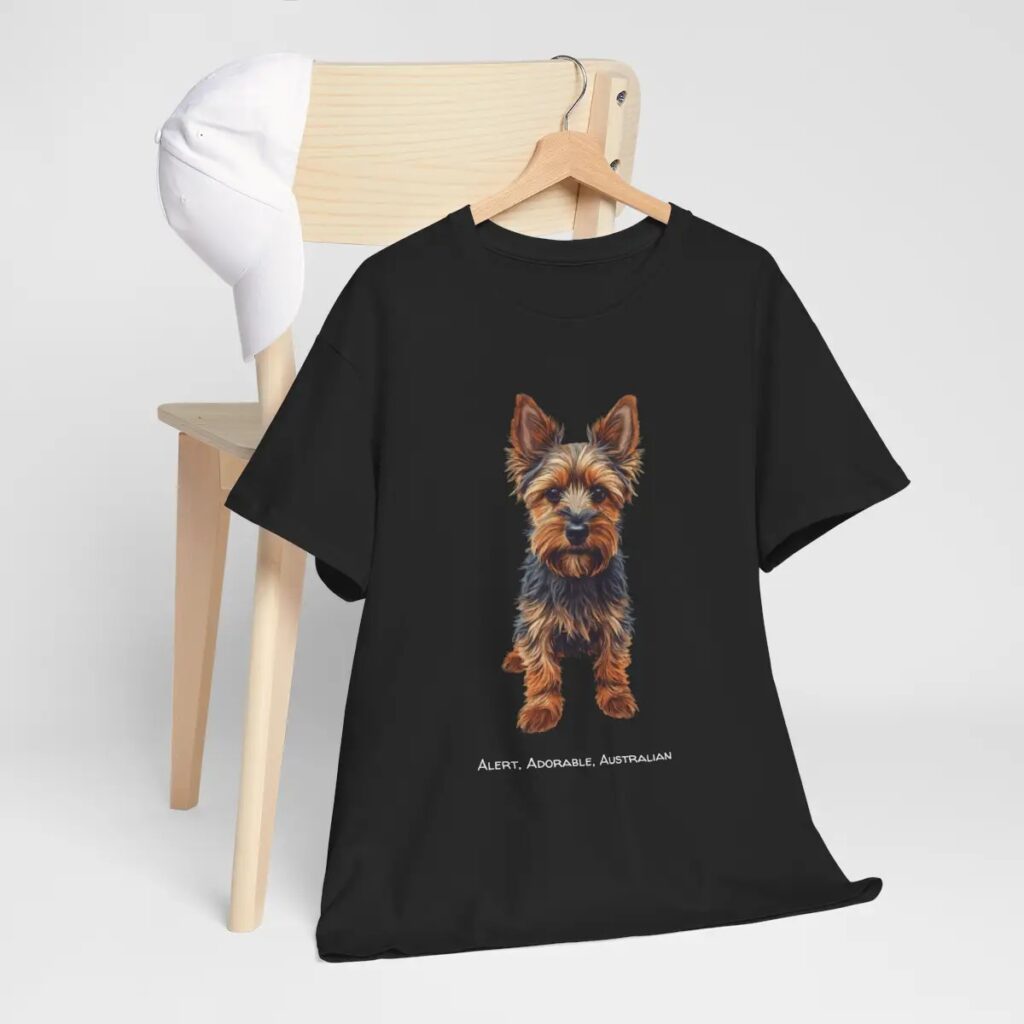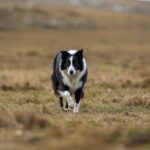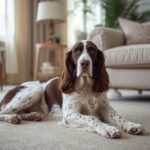A Small, Bold Companion for East Cornwall Life
Thinking about an Australian Terrier in East Cornwall? You want a small dog with grit, heart, and a sense of fun. This guide gives you the key facts so you can choose wisely.
We cover history, size, temperament, training, exercise, grooming, and health. By the end, you’ll know if this sturdy terrier fits your coast-and-country routine.
Australian Terriers do well with daily walks, clear rules, and plenty of company.
They love to learn and hate to be bored. If you enjoy fresh air and a lively friend by your side, this breed may be ideal.

Australian Terrier origins, size, and key traits
The Australian Terrier started life as a tough worker. Early farmers in Tasmania needed a small dog with a big engine. This breed patrolled yards, handled pests, and kept watch near home. Today, that drive remains, paired with a friendly nature.
- Origin: Tasmania, early 19th century
- Purpose: Vermin control and watch duty
- First shown: 1868 in Melbourne
- Name adopted: 1896
- AKC recognition: 1960
Most Australian Terriers stand 10 to 11 inches tall. Weight sits around 15 to 20 pounds.
They have a sturdy body, alert eyes, and upright ears. The coat is harsh and weather resistant, which suits Cornish wind and rain. It needs steady brushing to stay neat and free of tangles.
In some countries, tails may be docked.
This terrier is brave, smart, loyal, and lively. It likes to be busy and involved. Daily walks, simple training games, and relaxed time with you work best.
In East Cornwall, this dog suits active homes that enjoy footpaths, villages, and the coast. With routine and affection, the breed becomes a steady partner on daily dog walks.
For a deeper breed snapshot, the AKC Australian Terrier profile offers a helpful overview of history and care.
Where the Australian Terrier came from and what it was bred to do
In the early 1800s, settlers in Tasmania needed a hardy dog to control rats and snakes.
The Australian Terrier filled that role on farms and in yards. It guarded the home, kept pests down, and sounded the alarm. The breed first appeared at a show in Melbourne in 1868.
The official name, Australian Terrier, was set in 1896. It is widely noted as the first native Australian breed. That working start still shapes its drive, curiosity, and quick reactions today.
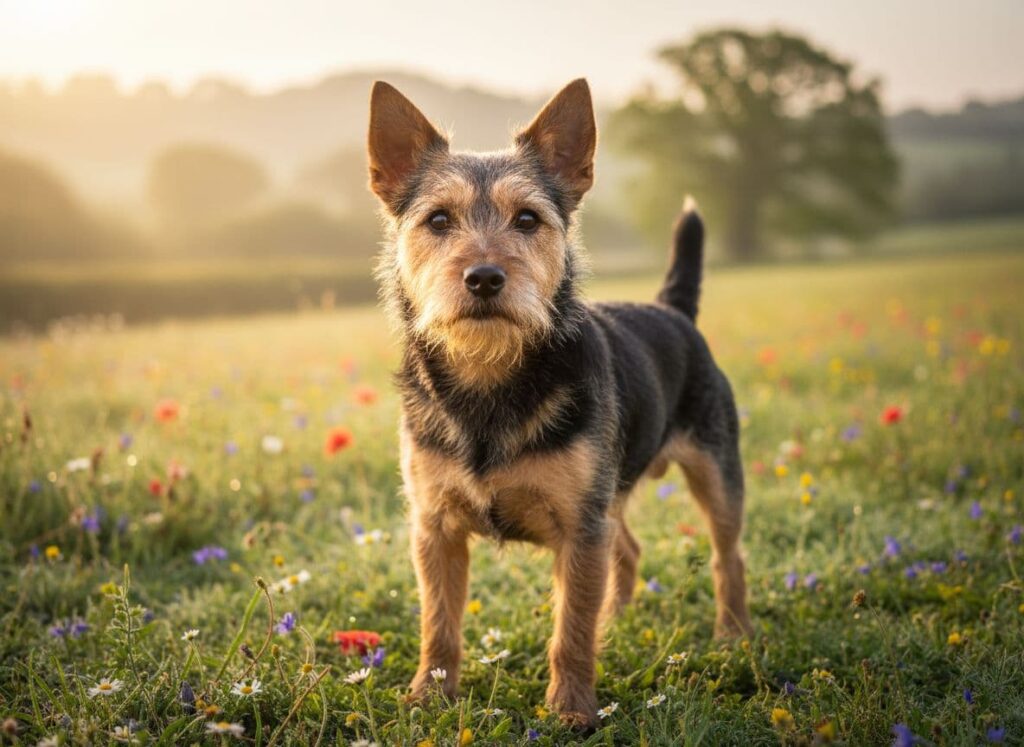
Typical size, build, and coat you will notice
Expect a compact, sturdy dog standing 10 to 11 inches at the shoulder. Most weigh 15 to 20 pounds.
Upright ears and a keen gaze signal an alert mind. The coat is harsh, with a weather resistant texture that sheds dirt and sheds water well. It needs regular brushing to prevent tangles, especially around the neck and legs.
Tails may be docked in some countries, though not all. For day-to-day care in the UK, plan weekly brushing, quick tidy trims, and routine nail care.
Temperament at a glance: brave, bright, and affectionate
The Australian Terrier is confident and quick to learn. It enjoys people time and loves to stay involved.
Many are playful and clownish with family. Expect a strong chase instinct and some vocal habits, especially when alerting. With fair training and steady exercise, this breed becomes a calm, devoted companion.
It makes a strong walking partner in towns and villages across East Cornwall, from Looe to Polperro, where short legs meet long energy.
For temperament and health notes, the PetMD guide to Australian Terriers is a practical reference.
Available on our Pawtastic Apparel Store & Much, Much More!
Is the Australian Terrier a good fit for your home and lifestyle?
This breed blends small size with big spirit, which suits many homes. With kind training and friendly exposure, it can live well with respectful children and well-mannered dogs.
Take care with small pets, like rodents or birds, due to the natural prey drive. Separation is the safest plan.
Apartment or cottage living is fine. The key is daily exercise, playful training, and a steady routine. Short legs still want a proper walk and a brain workout.
Use a morning and evening rhythm for feeding, walks, and rest. A predictable pattern helps most terriers settle.
When alone, this breed may get chatty or busy. Start short absences early, use safe chews, and leave a calm space. Rely on puzzle feeders or a short sniff task before you head out.
If you need support on busy days, consider local dog walking from a reliable dog walker or group dog walks to keep energy in balance.
If barking or restlessness crops up, these early indicators of insufficient dog exercise help you adjust the plan.

Living with kids and other pets
A well socialized Australian Terrier can do well with polite children and friendly dogs. Keep play sessions short and supervised. Teach calm greetings and gentle handling.
Allow space when the dog rests or eats. Many terriers struggle with small pets, like hamsters or birds, due to instinct. The safest choice is separation and secure housing.
When in doubt, manage the environment so everyone stays relaxed.
Home setup and simple house rules that help
Set your home for success. Use baby gates to guide movement. Offer a quiet crate or a comfy bed. Rotate toys to keep interest. Provide chews to meet natural needs.
Keep your garden secure and check fences often. Clear house rules matter. Practice door manners, no jumping on guests, and rest after walks.
For training ideas that build good habits, try these dog training secrets for better obedience.
Barking and digging: prevent small problems before they grow
Alert barking and digging are normal terrier habits. Meet the need before it explodes.
Give daily walks, short training games, and focused chew time. Reward calm when the world is quiet. Teach a clean “quiet” cue with treats and timing.
If digging is an issue, provide a dig spot or sandbox and praise digging there. On walks, some dogs react to loose dogs. Prepare with these tips for dealing with loose aggressive dogs on walks.
Health, grooming, and daily care for a long, happy life
Healthy habits start at home. Australian Terriers are generally sturdy, but certain issues can appear.
Reported concerns include patellar luxation, hip dysplasia, and eye problems.
Routine vet checks and scheduled eye exams help spot changes early. Keep a simple health log with weight, diet notes, and any signs of discomfort.
Groom weekly to protect that weather resistant coat. A slicker or pin brush keeps tangles at bay.
Trim nails often, check ears for debris, and brush teeth several times a week.
Bath when dirty, not on a strict calendar. After beach walks, rinse salt and sand, then dry the coat to avoid chills. For health planning and screening ideas, the VCA Australian Terrier overview is useful.
Diet should be balanced and measured. Keep treats small and count them in the daily total.
A steady weight protects joints and keeps energy smooth. Use part of meals for training and puzzles. Fresh water and a consistent feeding schedule support calm behavior.
If stress or worry shows up, this guide on dog anxiety relief strategies in East Cornwall offers kind, practical steps you can apply today.
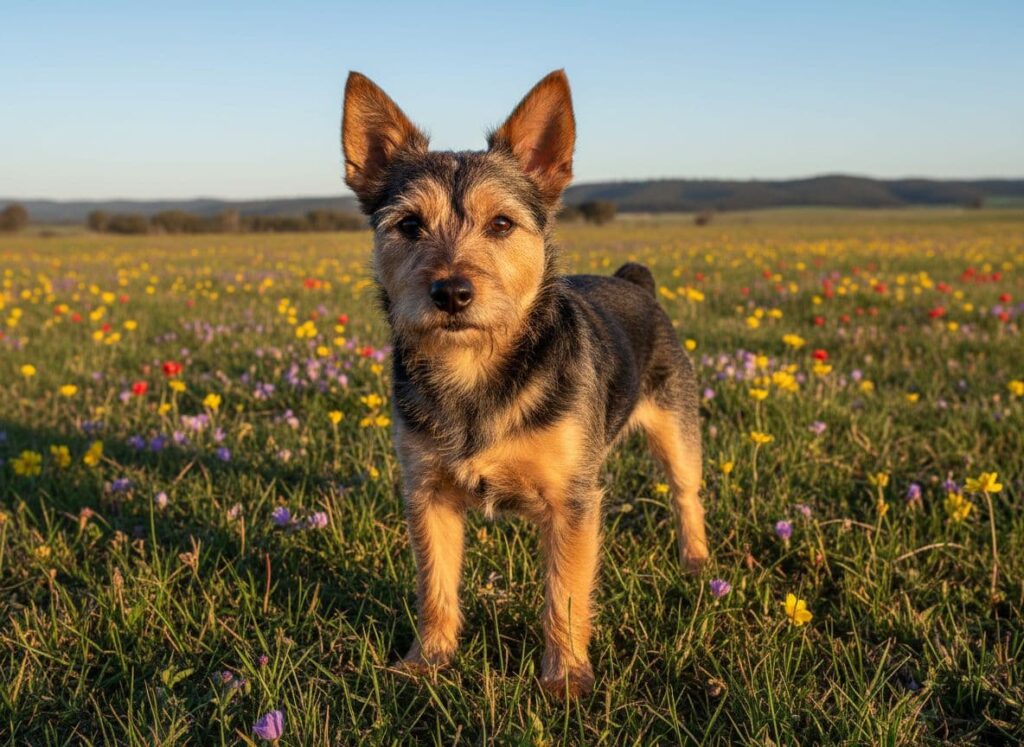
Common health checks and early signs to watch
Ask your vet to check the knees for patellar luxation and the hips for dysplasia.
Request routine eye exams to catch early changes. Book annual health checks, and go sooner if you see limping, squinting, or rubbing at the face. Keep a simple record of signs, dates, and care notes.
At home, run gentle, regular checks after walks. Look for burrs, cuts, sore pads, or tender joints.
Simple grooming routine for that scruffy coat
Brush weekly to keep the harsh coat tidy. Focus on the neck, legs, and behind the ears to prevent mats. Bath when muddy or salty, then dry well. Trim nails every few weeks so paws stay comfy.
Check ears for wax or redness and wipe with vet-approved cleaner if needed.
Brush teeth several times a week with dog-safe paste. Quick, regular care beats a long, stressful session.
Available on our Pawtastic Apparel Store & Much, Much More!
Feeding guide and healthy weight tips
Serve measured meals based on life stage and activity. Keep treat sizes small and count them in the daily total. Offer lots of water, especially after walks.
Use part of meals for training and puzzle feeders. Do regular body checks.
You should feel ribs with a light touch and see a trim waist from above. Adjust portions if weight creeps up or energy dips.
For a broad, neutral reference on history and traits, see the Wikipedia entry on the Australian Terrier.
Training and exercise for an Australian Terrier in East Cornwall
Australian Terriers shine with short, fun training sessions. Keep cues clear and rewards quick.
Teach loose leash walking and a strong recall, because chases happen fast near fields and cliffs.
Socialize with calm dogs and friendly people in low stress areas. Use scent games, simple tricks, and puzzle time to work the mind.
Aim for daily walks to burn energy and boost mood. Mix a steady sniff walk with small bursts of play. On coast paths near Looe or quiet lanes by Polperro, keep safety first.
Use a secure harness and check footing on wet stone. Rinse paws after sandy or muddy walks, then dry the coat.
A GPS tracker can add peace of mind on open trails, such as the advice in this guide to the Tractive GPS dog tracker. If rain rolls in, these tips on walking your dog in the rain keep outings safe and fun.
For a deeper health and exercise overview, the Australian Terrier page on Wag! adds extra context on activity and alone time.
Training basics that work for this smart terrier
Use positive reinforcement. Mark the behavior you want, then reward fast. Keep sessions short and upbeat. Teach sit, stay, come, leave it, and polite walking.
Practice inside first, then move to quiet lanes. Add mild distractions as skills grow.
If your terrier loves a pull game, weave in tug toys with simple rules, like “take it,” “drop,” and “finish.”
How much daily exercise does an Australian Terrier need?
Plan for daily walks and play. Most adult Aussies need 45 to 90 minutes across the day.
Mix steady sniffing with short, bouncy play. Keep an eye on the weather and the terrain, especially on cliffs or slippery steps.
Watch for slowing pace, heavy panting, or lagging behind. These are signs your dog needs a rest. If you suspect your routine is a bit light, check the signs your dog craves more physical activity.
Fun games and brain work to beat boredom
Try easy scent games with scattered kibble in the garden. Play short, safe fetch in secure areas. Use tug with rules to build focus and control, linking rewards to calm behavior.
Rotate toys and bring out puzzle feeders on rainy days. Simple trick training, like spin, touch, and bow, boosts confidence.
When you need structured help, dog exercise services or puppy walking services can fill the gaps on busy weeks.
Local walking tips for East Cornwall: paths, beaches, and safety
Keep your dog on lead near cliffs and livestock. Practice recall in quiet spaces before trying busier paths.
After beach walks, rinse salt and sand, then dry the coat. Check paws and coat for burrs and ticks after moorland or hedge-lined lanes.
Offer polite trail manners around people and dogs. A secure, well-fitted harness matters.
While the Aussie is small, harness fit still counts, much like our large-breed advice in this guide to the best dog harness for large dogs. Unsure about risk on new routes?
This piece asks, is dog walking dangerous? and shares practical safety tips for everyone.
For health and care reminders in one place, the Australian Terrier overview on The Spruce Pets is easy to scan and compare.
Available on our Pawtastic Apparel Store & Much, Much More!
Conclusion
Small dog, bold heart, smart mind, and a love of activity. That is the Australian Terrier in a nutshell.
With kind training, daily dog walks, and simple grooming, this breed thrives in coast and countryside life. Keep routines steady, add brain work, and use fair rules.
If you want a loyal partner who keeps pace on Cornish paths, this lively terrier could be your match.
Ready to take the next step and plan dog walking services or pet walking near me for regular support?
Start a simple schedule that you and your Aussie can enjoy every day.
